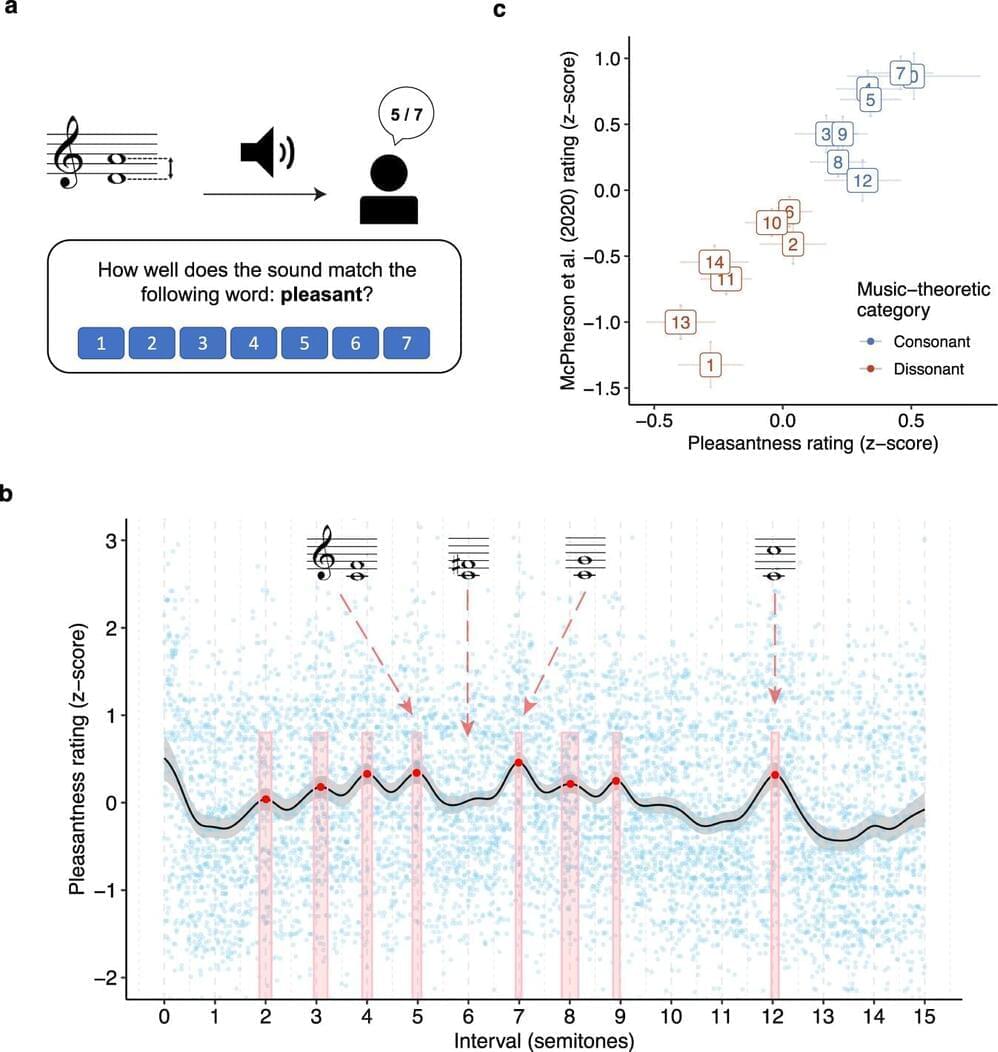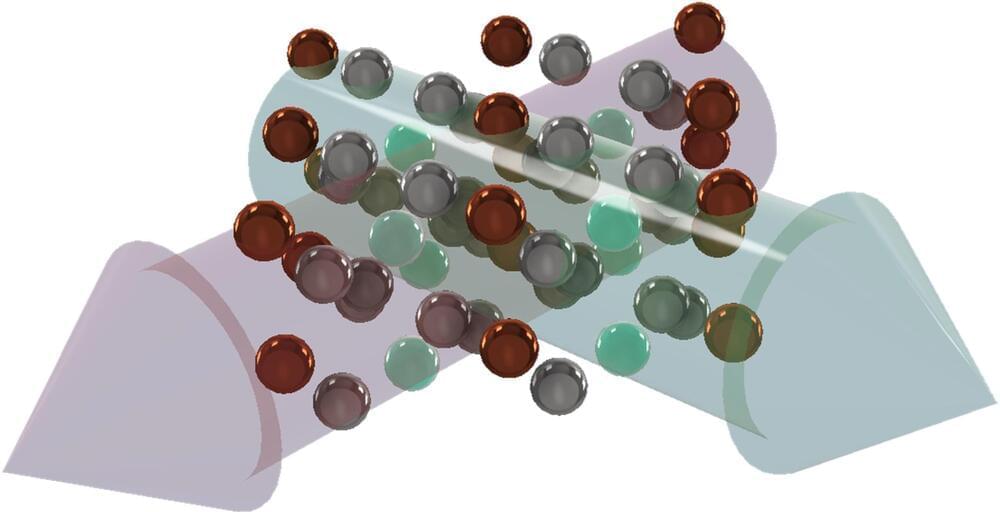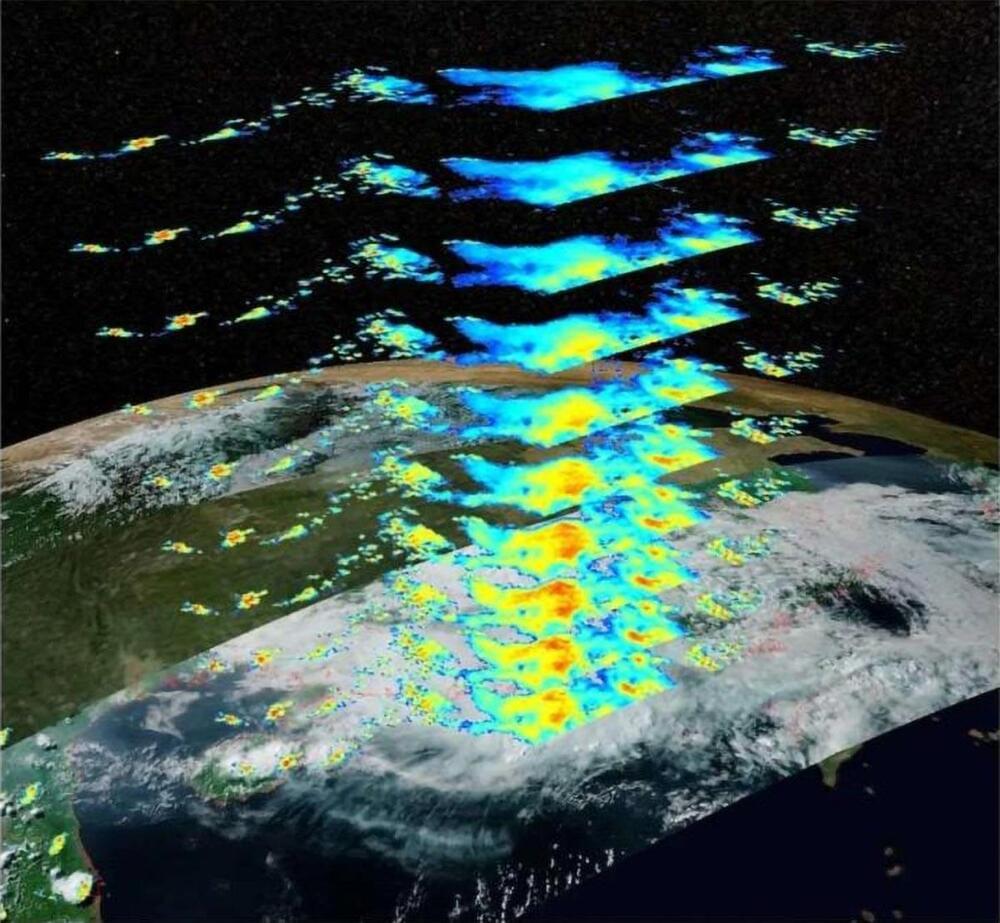Feb 28, 2024
Light stimulates a new twist for synthetic chemistry
Posted by Saúl Morales Rodriguéz in categories: biotech/medical, chemistry, computing
Molecules that are induced by light to rotate bulky groups around central bonds could be developed into photo-activated bioactive systems, molecular switches, and more.
Researchers at Hokkaido University, led by Assistant Professor Akira Katsuyama and Professor Satoshi Ichikawa at the Faculty of Pharmaceutical Sciences, have extended the toolkit of synthetic chemistry by making a new category of molecules that can be induced to undergo an internal rotation on interaction with light. Similar processes are believed to be important in some natural biological systems.
Synthetic versions might be exploited to perform photochemical switching functions in molecular computing and sensing technologies or in bioactive molecules, including drugs. Their report is pending in Nature Chemistry.


















